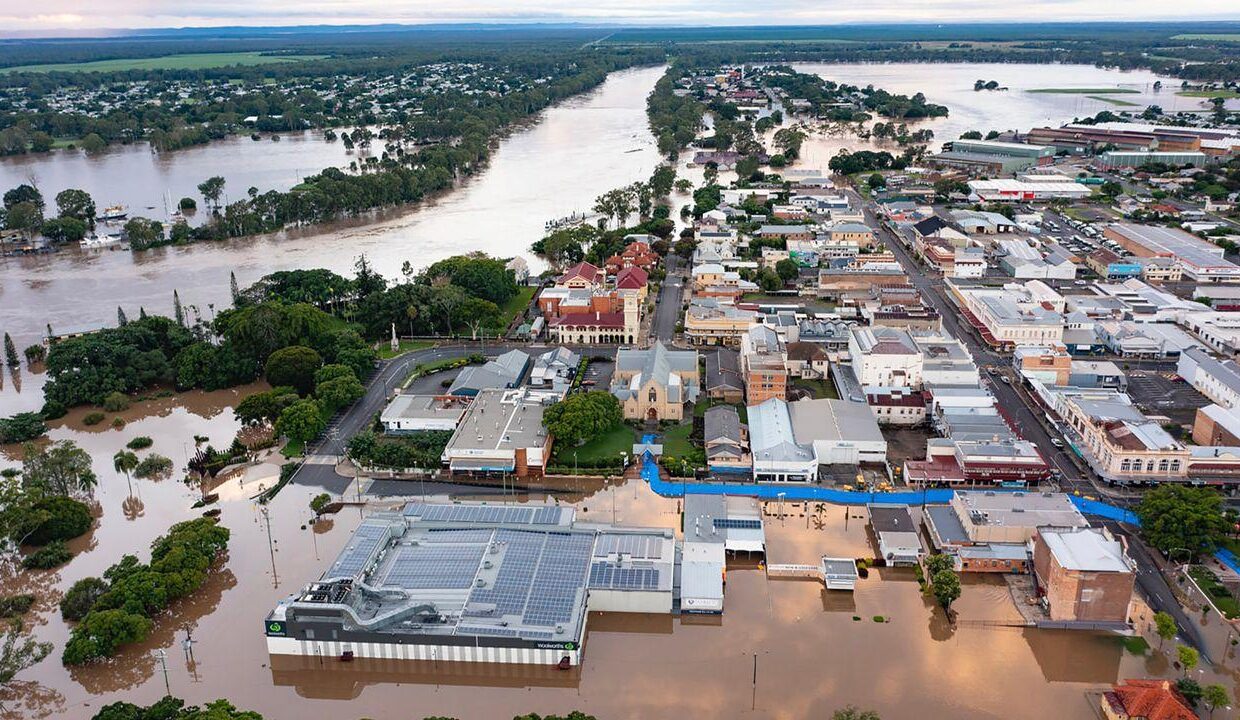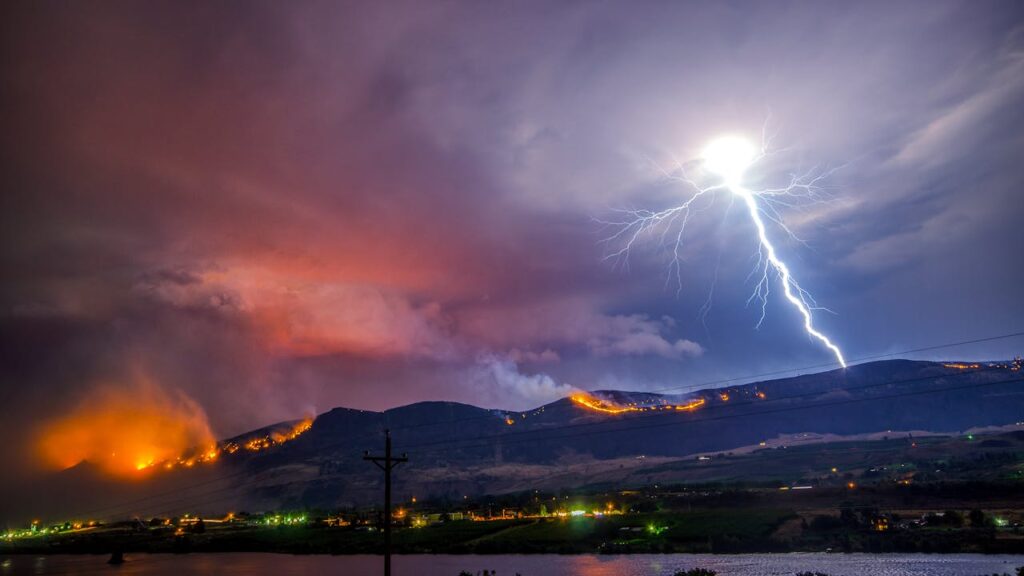
With climate change intensifying, Australia is experiencing more frequent and severe weather events. From devastating bushfires to cyclones and floods, the real estate sector is being pushed to adapt or risk immense losses. Experts are now calling for immediate updates to national building codes to ensure homes and infrastructure can withstand these unpredictable conditions.
The Growing Threat of Extreme Weather

Australia has always been a land of climatic extremes, but recent trends indicate that these events are becoming more intense and more frequent. Consider these alarming statistics:
- More Frequent Bushfires: The Black Summer of 2019-2020 destroyed over 3,500 homes and left a lasting impact on Australia’s housing sector.
- More Intense Cyclones: Coastal regions are at higher risk as tropical storms increase in strength, putting homes at greater risk of catastrophic damage.
- Rising Sea Levels: Properties in low-lying areas face inundation risks, sparking urgent discussions about flood-resistant designs.
The Case for Stronger Building Codes
As climate risks grow, the Australian building industry must implement more rigorous resistance measures. Experts recommend:
- Stronger Structural Standards: Mandating homes to withstand higher wind loads and extreme weather conditions.
- Fire-Resistant Materials: Ensuring new constructions use fire-resistant materials, particularly in bushfire-prone areas.
- Flood-Resilient Designs: Elevating homes in flood-prone zones and adopting smarter drainage solutions.
What This Means for Australia’s Real Estate Market

Implementing stricter building regulations isn’t just about safety—it’s also about protecting property values. Homes built to withstand extreme weather will be more attractive to buyers and insurers, while outdated properties could see depreciating value due to increased risk.
Moreover, stricter codes may reshape investment strategies. Developers and builders will need to prioritize climate resilience in their projects. Buyers, too, will become more discerning, choosing properties based on long-term sustainability rather than aesthetics alone.
How Homeowners Can Prepare
If you’re a homeowner or investor, now is the time to take proactive steps:
- Retrofit Your Home: Modify existing structures to meet modern safety standards.
- Consider Climate Risks When Buying: Research potential hazards in your desired location before purchasing.
- Stay Informed on Policy Changes: Government policies around building codes and planning laws may soon impact your investments.

The Bottom Line
As extreme weather events become the norm, the need for resilient buildings cannot be overstated. Australia’s real estate market must adapt, ensuring homes are designed for the future, not just the present. Updating building codes is a critical step in safeguarding communities, buyers, and investors alike.

